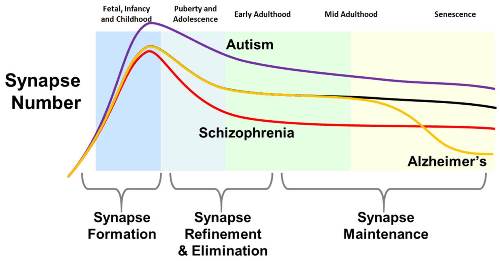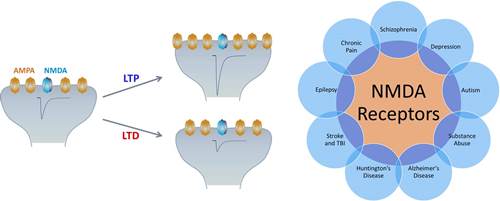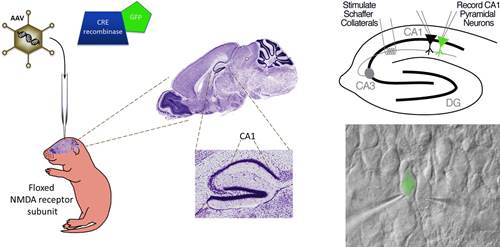John A. Gray, M.D., Ph.D.
Brief Biography
 Dr. Gray is a board certified psychiatrist with expertise in receptor pharmacology, cell biology, biochemistry and synaptic electrophysiology.
Dr. Gray is a board certified psychiatrist with expertise in receptor pharmacology, cell biology, biochemistry and synaptic electrophysiology.
During his graduate studies at Case Western Reserve University, Dr. Gray studied the mechanisms involved in the desensitization and down-regulation of 5-HT2A serotonin receptors. These receptors are a primary target of most known hallucinogens as well as many antidepressants and second generation antipsychotics.
During his psychiatry residency at the University of California, San Francisco, he became interested in accumulating evidence suggesting that dysfunction of glutamate synapses and specifically NMDA-type glutamate receptors might underlie the pathophysiology of schizophrenia and other complex neuropsychiatric disorders.
Because of this interest, Dr. Gray pursued specialized postdoctoral research training at UCSF in synaptic electrophysiology and studied the physiological function of NMDA receptors during synapse maturation.
Dr. Gray is now an Associate Professor in the Department of Neurology and runs a synaptic biology research laboratory at the Center for Neuroscience
Research Overview
Our brains are responsible for all of our perceptions, thoughts and behaviors. Despite the incredible array of functions the brain performs, its fundamental processing unit is the synapse. It has been estimated that the human brain contains 80-100 billions neurons with approximately 100 trillion synaptic connections. Thus, it is quite remarkable that the brain can correctly and precisely wire itself with this many connections, sometimes from neurons in quite distant locations. Though because of the complexity of this task, it is also not difficult to image how slight perturbations of this process can have significant consequences.

Therefore, understanding the molecular mechanisms of synapse development and regulation is a central issue in modern neuroscience. For example, how do neurons recognize and select their appropriate synaptic partners during development in order to form the correct type of synapse? Then, once a synapse is formed, what processes are involved in its refinement and maturation? And finally, what determines if an individual synapse is maintained or eliminated?

As a psychiatrist and synaptic biologist, Dr. Gray is interested in these fundamental questions of synapse biology both at the basic scientific level as well as understanding how subtle disruptions of these synaptic mechanisms can lead to the development of neuropsychiatric disorders such as schizophrenia, autism, and Alzheimer’s disease.
Research Program Details
Research in Dr. Gray’s laboratory focuses on understanding the molecular and cellular mechanisms involved in synapse development and plasticity throughout the brain. In particular, his lab studies the regulation of the NMDA-type glutamate receptors that play crucial roles in synapse development and synaptic plasticity, the cellular mechanism underlying learning and memory.

Given the central role of NMDA receptors in neurobiology, it is not surprising that they have been implicated in a broad range of neuropsychiatric disorders, including schizophrenia, autism, addiction, Alzheimer’s disease, Huntington’s disease and ischemia.

Dr. Gray’s laboratory combines innovative single neuron genetic approaches with electrophysiology and imaging to gain a detailed understanding of the molecular mechanisms involved in the regulation of NMDA receptors and synapses. He has developed a novel molecular replacement strategy in which individual endogenous NMDA receptor subunits are eliminated from conditional knock-out mice and replaced with mutant subunits allowing for the hypothesis-driven dissection of the molecular mechanisms involved in NMDAR targeting and trafficking.
Future Directions
Through this work, Dr. Gray’s laboratory is striving to open new frontiers for the development of disease-modifying therapeutic approaches for schizophrenia and other complex neuropsychiatric disorders.

